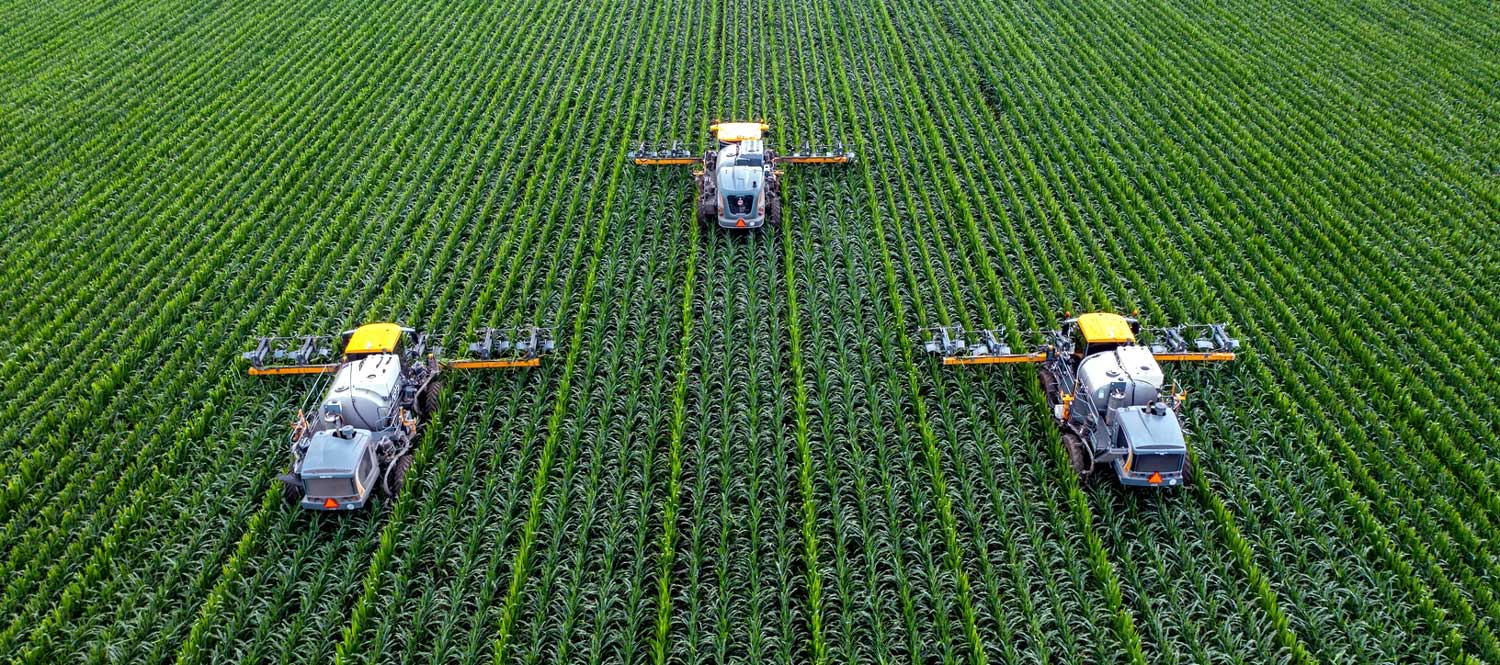
Precision agriculture represents a whole new face of agriculture, transforming the art of growing food into science. It applies data, sensors, and machinery in an effort to improve farming, efficient resource utilization, and making informed decisions by farmers. The following overview explores precision agriculture, its growth, use, and problems associated with it, including its huge impact on farming in the future with much sustainability and efficiency.
1. The Evolution of Precision Agriculture:
Precision farming has considerably changed with the development of new technologies and the ever-growing interest in the better and more sustainable conduct of farming. From the very beginning of using satellite technology and GPS, it developed into many forms of technology. It involves sensors, drones, machine learning, and data analysis, all integrated within one huge process of changing how farmers care for their fields and crops.
2. Data-Driven Decision-Making:
The big idea behind precision agriculture is decision making based upon data. With various sources of data, such as soil sensors, weather stations, and satellite pictures, farmers see a complete picture of their fields. This enormous amount of information supports farmers in their smart decisions about proper planting, irrigation, application of fertilizers, and conducting pest control. Precise data can allow farmers to work optimally on crop yields, minimize resource wastage, and eventually enhance the economic viability of their operations.
3. Soil Health Monitoring and Management:
Precision agriculture enables the checking and managing of soil health, which is an essential aspect for crop development. In soil sensors continously gather data about soil moisture, nutrients, or acidity, which farmers receive in real time. Based on these data, farmers are able to apply correct irrigation and fertilization techniques based on specific needs across different parts of the field. This concentrated approach keeps the soil healthier and contributes to sustainable farming by lessening the damage to the environment due to the utilization of too many resources.
4. Remote Sensing and Satellite Imagery:
Precision agriculture has improved very much in recent years with the establishment of new technologies in remote sensing and high resolution satellite imagery. Satellites circling Earth take clear pictures of farming fields that enable farmers to check crop health, locate any possible problems, and make decisions based on data. All this is further enhanced by flying drones equipped with advanced cameras and sensors, making this information readily available right on site and far more detailed. These tools enable farmers to identify diseases, check crop health, and work on improving actions that allow for better management of the crop.
5. Automated Machinery and Robotics:
Automation is a vital part of precision farming. Fully automated machines and robots are bringing a revolution to farming. Tractors and harvesters run by GPS function with great precision, use less fuel, and never repeat the same task on the fields. Robots find their application in weed control and harvesting, thus increasing speed and overcoming human workforce shortage problems in farming. Automation not only raises productivity but also frees up important human resources to focus on more strategic and complex activities.
6. Challenges and Considerations:
Precision agriculture holds immense promise, but it is equally challenged. The initial investment for a few farmers can be very high. Moreover, it raises concerns about the privacy and security of data that need to be taken care of in the future for more farmers to adopt it. Farmers also require special knowledge to handle the operation and management of precision agriculture technologies effectively. Different tools and platforms need to work well together, which can be difficult. This is important for successfully using precision agriculture practices.
Conclusion:
Precision agriculture represents the leading edge of a revolution in the way farming is done. Farmers can make good decisions using data for more productive, sustainable, and profitable farming practices. With the unfolding of new technology, precision agriculture will increasingly be at the epicenter of meeting global food requirements in a resource efficient and eco friendly manner. Data-driven technologies are not a hype, but a major change that orients the future of farming. The transformation enables moving towards a more productive and sustainable farming environment.
Trending Posts

Global Silver Nanoparticles Market
The global silver nanoparticles market was valued at $2.08 billion in 2020, and is projected to reach $4.1 billion by 2027, growing at a CAGR of ~17%
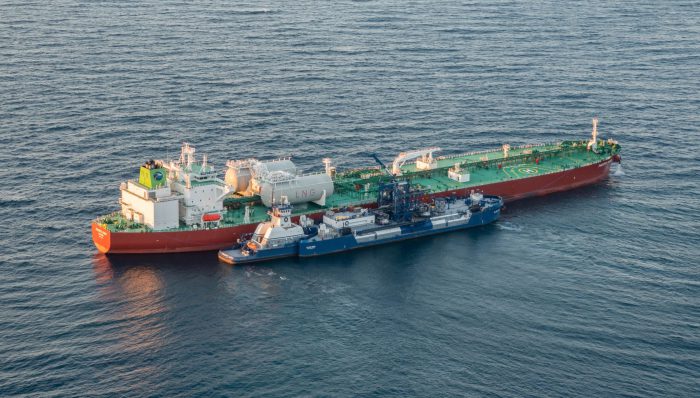
LNG Bunkering – Here is something you must know!
In the current scenario of growing pollution, companies are trying to adapt more and more sustainable approach that not only gives eco-friendly result

The Basic Pension Comes - Federal Cabinet Decides On the Pension Supplement
Financial security in old age is an issue that is causing stomach pains for more and more people in Germany. Low-wage earners fear the elderly. The ba
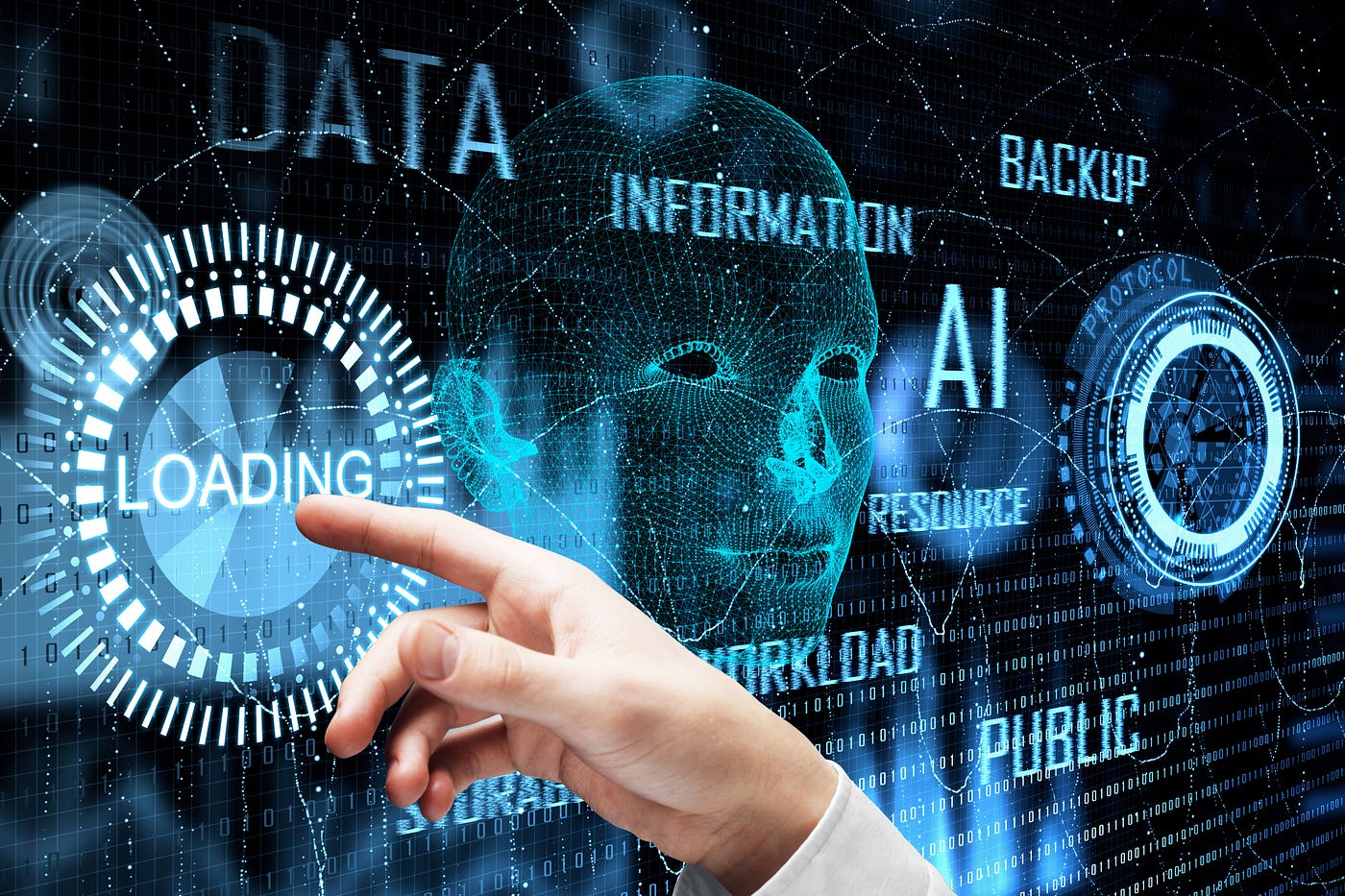
The Future of Artificial Intelligence
In recent years, the field of artificial intelligence (AI) has witnessed unprecedented growth and transformative advancements. As AI technologies
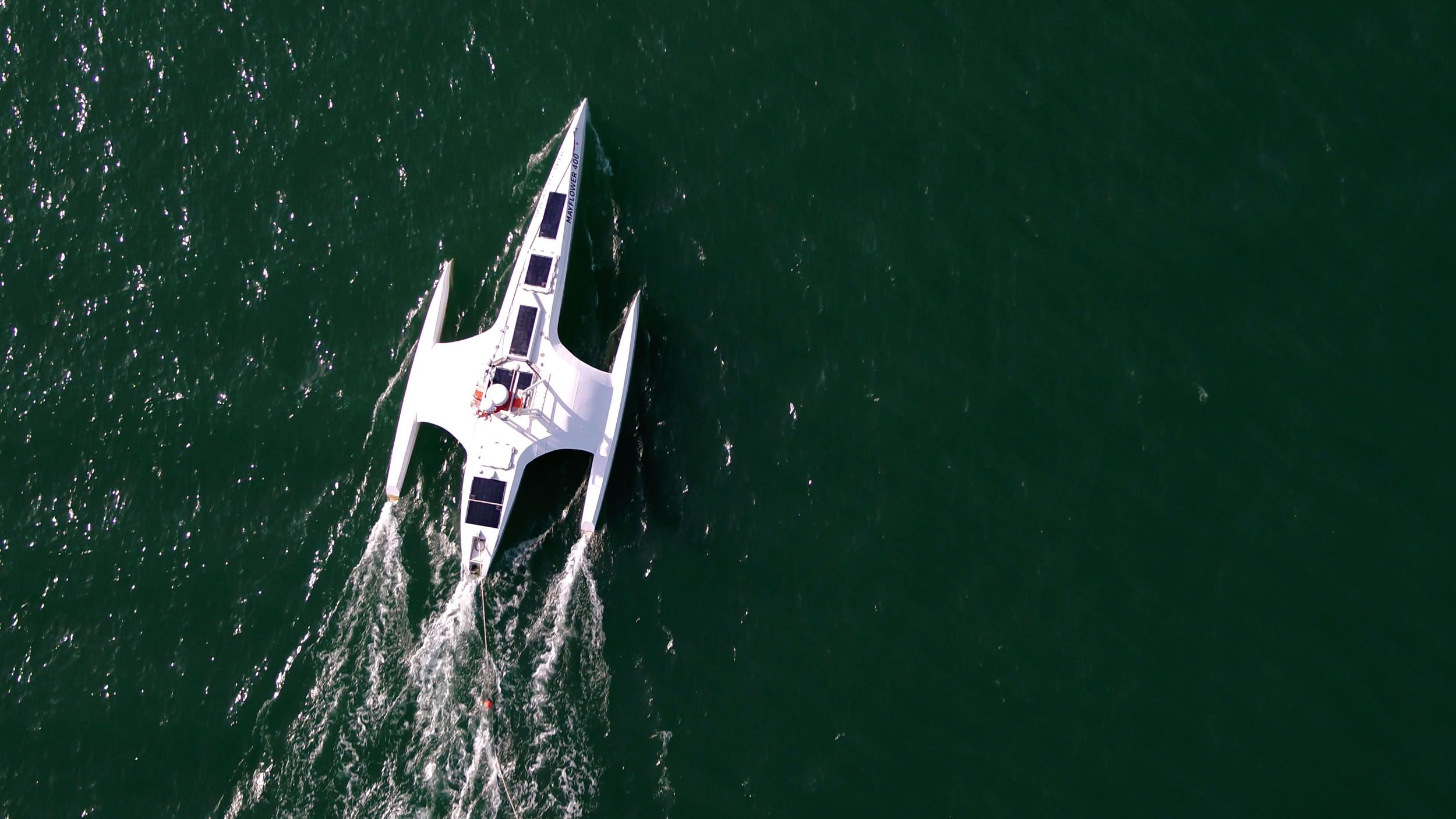
Sailing into the future with Autonomous Ships
Autonomous Vehicles (AVs) are the uproar of this era. After airways, thanks to the companies like Tesla, that people are now getting used to see drive

Rising Demand For Uninterrupted Power Supply Is Expected To Drive The Power Rental Market
Todays world is totally reliant on electric power. There are many things which are not manageable without electricity. Power rental is a concept where

Rapidly growing IT industry coupled with the trend of bringing your own device (BYOD) is expected to provide new opportunities for growth of Cloud Collaboration
Cloud collaboration is the process of sharing and co-authoring the computer-based work through cloud technology

Factcheck on UV Disinfection for COVID-19
Many regulatory authorities and bodies believe that UV disinfection technologies can play a role in a multiple barrier approach to reducing the transm
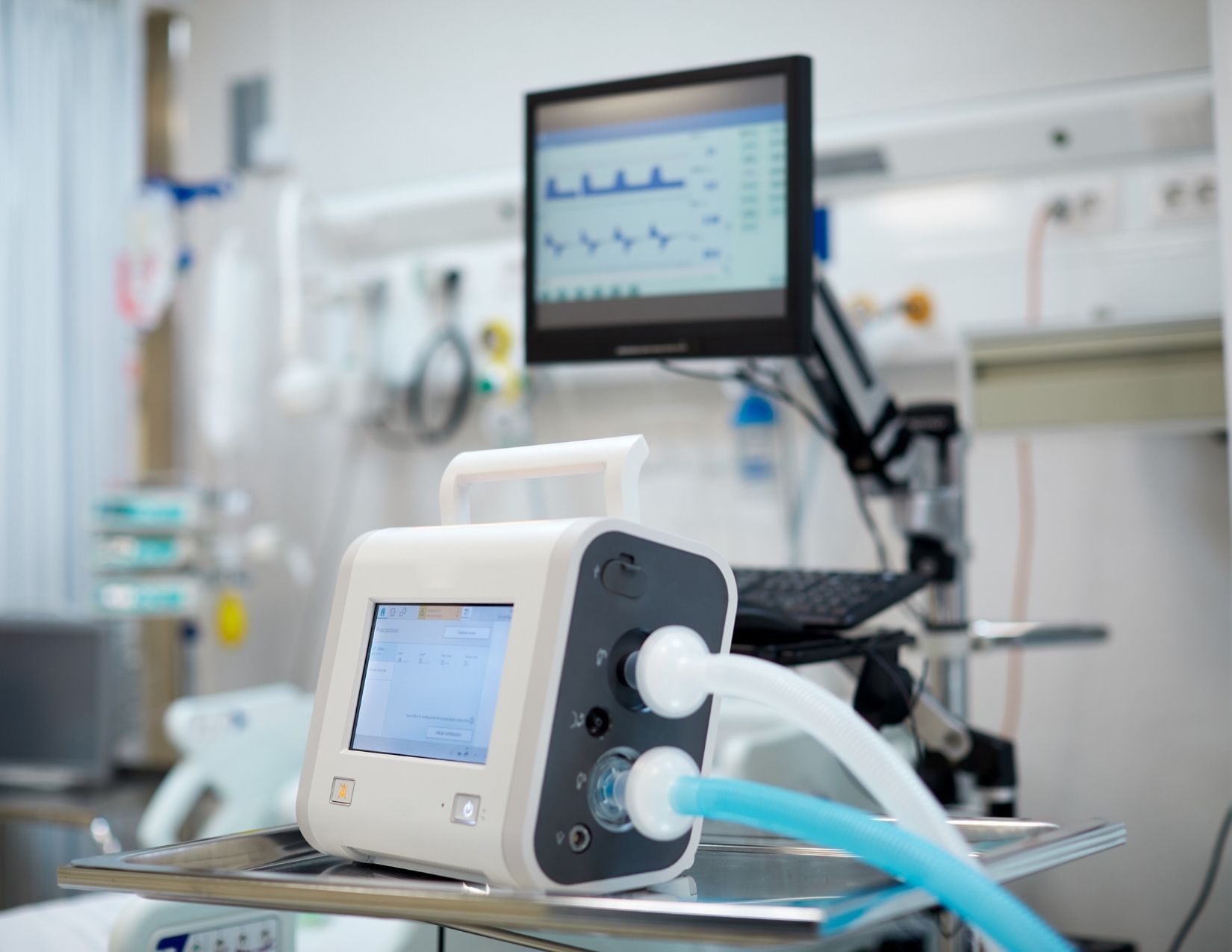
The Global Ventilator Market Grows at a CAGR of 7.75 %
The Global Ventilator Market, which was at $688 million in the year 2016, is about to double by the year 2025, and reach a value of $1,347 million. Th

Vaccination: Vaccination Against Measles is Now Mandatory in Germany
The subject of compulsory vaccination has always heated peoples minds and caused emotionally charged discussions. The latest law in this area - the ob
Recent Posts

Growth and Future Trends of the Global In-Line UV-Vis Spectroscopy Market
In-line UV-Vis spectroscopy is a powerful analytical tool widely adopted in various industries for real-time monitoring of chemical and biological processes. This market is experiencing robust growth due to its applications in pharmaceutical.

Understanding the Growth Dynamics of the Premium Luggage Market
The market for premium luggage has grown massively over the years. This is attributed to several factors, including a change in consumer preference, increase in disposable incomes, and an overall rise in international travel.

Global Potassium Sorbate Market: Growth and Forecast
The Global Potassium Sorbate Market has gained significant traction due to the rising demand for preservatives across various industries, especially in food and beverages. Potassium sorbate, a salt of sorbic acid.

Global Venturi Masks Market Growth and Forecast
Venturi masks, also known as air-entrainment masks, play a crucial role in delivering a precise oxygen concentration to patients, particularly those suffering from chronic respiratory conditions such as COPD (Chronic Obstructive Pulmonary Disease).

Global Venous Thromboembolism (VTE) Therapeutics Market: Overview, Growth, and Forecast
Venous thromboembolism (VTE) is a critical medical condition including deep vein thrombosis and pulmonary embolism. In fact, it is one of the preventable causes of death in the hospital environment. It has experienced a substantial upsurge.

Global Vein Illumination Device Market: Growth and Forecast
The global vein illumination device market is experiencing significant growth, Due to a growing demand for minimally invasive procedures and an increase in chronic diseases, not to mention development in medical technology.

Global Vasculitis Treatment Market: Growth and Forecast
Vasculitis represents a group of disorders involving inflammation of blood vessels. It can affect parts of the body such as the skin, kidneys, lungs, and joints, and without proper treatment it may cause severe morbidity.

Global Fired Heaters Market: Growth and Forecast
The global market for fired heaters is growing at a rapid pace due to increased demand from major industries such as the oil & gas, chemical, and petrochemical sectors. Fired heaters are among the most crucial components of process heating systems.
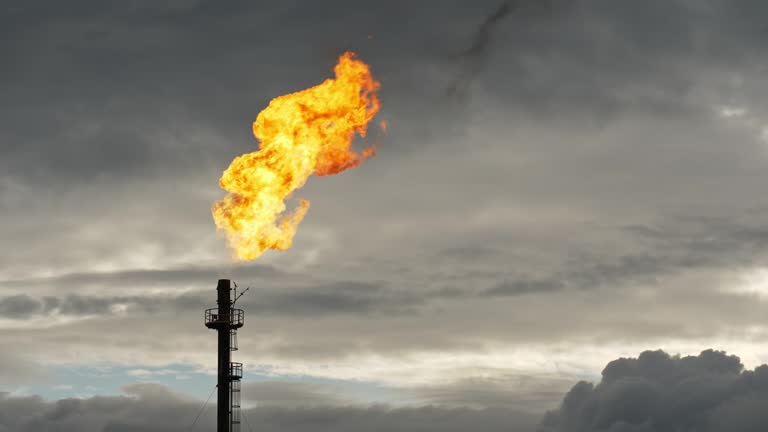
Global Gas Flares Market Growth and Forecast
The growth in oil and gas production, environmental regulations, and a need for an effective waste gas management system are driving the global gas flares market. Gas flares are a crucial equipment in the oil and gas industry.

Global Steam Reformers Market: Growth, Trends, and Forecast
The steam reformers market is witnessing significant growth due to increased demand for hydrogen in industries like chemicals, refining, and fertilizers.
